Books & Writing – An Interview with Author M.G. Edwards
By Jacco, on February 16th, 2012
Hello again!
This time I am talking to author M.G. Edwards who grew up in the rural western United States, where the beautiful scenery inspired him to let his imagination run and to write. He loved to write fantasies, mysteries, and stories for young adults. After he finished high school, he postponed his dream to become an author and went to college to study business and international studies. He worked in the private sector for companies like Boeing and Intel and later joined the U.S. Department of State. The experiences he had as an American diplomat in Africa, Asia, and South America inspired him to write travel adventures. His passion to write rekindled, he decided in 2011 to leave the diplomatic corps and write full time. Last year he published a collection of short stories called Real Dreams: Thirty Years of Short Stories and is now writing a book called Kilimanjaro: One Man’s Quest to Go Over the Hill about his attempt to summit Mount Kilimanjaro, Africa’s highest mountain. Kilimanjaro will be released in March 2012. He now lives in Bangkok, Thailand with his wife and young son and is living his dream.
 Books & Writing: Do you remember the first story you wrote?
Books & Writing: Do you remember the first story you wrote?
M.G. Edwards: When I was ten years old, my teacher asked our class to write tall tales in small groups and present them in class. Some groups chose to tell the story of Paul Bunyan and other well-known legends. Inspired by the 1981 eruption of Mount St. Helens, I wrote a tale called “How Little Big Chief Calmed the Mountain.” Featured in my book Real Dreams, the story tells of how Little Big Chief made the ultimate sacrifice — offering what was most precious to him to appease an angry volcano. The role of Little Big Chief went to a good friend with cerebral palsy. His amazing performance is one of my fondest childhood memories.
Books & Writing: Were you inspired by someone or something?
M.G. Edwards: The beauty of the area where I grew up — the mountains, forests, rivers and lakes — inspired me to write. I’m also grateful to the teachers who assigned school projects that unleashed my creativity and gave me the freedom to transform them into fantastic stories. One teacher asked the class to turn a list of vocabulary words into a short story, so I wrote “G.I. Ants,” another story featured in Real Dreams about a group of superhuman army ants that escape from a military laboratory.
Books & Writing: What do you love about writing a story?
M.G. Edwards: I enjoy letting my mind wander and bringing ideas to life for readers to enjoy. I love to write books and stories that leave readers with something to ponder.
Books & Writing: How do you overcome writer’s block (if you experience this, of course)?
M.G. Edwards: Whenever writer’s block hits me, I take a “constitutional,” which is a fancy word for a “think” break. I take a walk, go on a short bicycle ride, or read a book. I take a notepad and pen with me so that I can write down any inspirations or breakthroughs that come to mind. I do what I can to get my mind off writing so that I feel refreshed when I write again.
Books & Writing: Can you tell us a bit about your book “Real Dreams: Thirty Years of Short Stories”?
 M.G. Edwards: My pleasure! Real Dreams features 15 short stories I wrote between 1981 and 2011. The book is a story sampler. The stories reflect changes in my writing style and interests over time, and I grouped them by genre to help readers identify each style. Many share themes of hope, dreams, light, darkness, and perseverance. It’s quite an eclectic collection.
M.G. Edwards: My pleasure! Real Dreams features 15 short stories I wrote between 1981 and 2011. The book is a story sampler. The stories reflect changes in my writing style and interests over time, and I grouped them by genre to help readers identify each style. Many share themes of hope, dreams, light, darkness, and perseverance. It’s quite an eclectic collection.
Books & Writing: What attracts you in short stories?
M.G. Edwards: I enjoy short stories that make me think and challenge me to ponder their deeper meanings. I love stories that make great movies. My hope is that some of the stories in Real Dreams will leave readers saying, “That would make a great movie!”
Books & Writing: I understand you will soon release the book “Kilimanjaro: One Man’s Quest to Go Over the Hill,” which is about your attempt to summit Mount Kilimanjaro, the highest mountain in Africa. First off, why did you decide to attempt that? And secondly, what made you decide to write a book about it?
M.G. Edwards: Thanks for asking. My wife climbed Mount Kilimanjaro in 2010 and inspired me to attempt my own climb the following year. At the time, I was approaching middle age and felt a mid-life crisis coming on, so I decided to do something challenging to jump start my life — climb Africa’s highest mountain. At almost 6,000 meters (over 19,000 feet), Kilimanjaro is one of the world’s tallest peaks. Although the mountain is technically easier to climb than its peers, it’s very difficult for would-be mountain climbers like me. I decided to write a book about my climb for those who have tackled Kilimanjaro or aspire to climb it. It’s a book for anyone who feels “over the hill” and needs some encouragement to make a major life change in the face of difficult odds. The book will be published in March 2012. Visit the Kilimanjaro web page to sign up for my newsletter, and I’ll update you when the book is published.
 Books & Writing: Do you have any tips for aspiring writers?
Books & Writing: Do you have any tips for aspiring writers?
M.G. Edwards: Follow your passion. If you have a passion for writing, strive to become the best writer you can be and stay the course. For those pursuing traditional publishing, I recommend finding the right agent and focus on writing with them in mind. Your agent will help sell your book to publishers. For those who self-publish, be sure to spend time marketing your books through social media sites such as Twitter or Facebook. However, don’t forget to strike a balance between writing and marketing. There’s no better marketing tool than a great novel.
Books & Writing: Which author inspires you?
M.G. Edwards: Khaled Hosseini is an inspiration to me. His books The Kite Runner and A Thousand Splendid Suns are among the best contemporary works I’ve read. Born in Afghanistan, his family fled to the United States when he was a youth. He’s an incredibly talented writer. That he writes such beautiful prose in his second language, English, is amazing. Not only is he a bestselling author, Hosseini is also an accomplished physician and a Goodwill Envoy for the United Nations High Commissioner for Refugees (UNHCR). His efforts to raises awareness of Afghani culture and improve the lives of the people of Afghanistan are admirable.
Books & Writing: Where can people go and read your work?
M.G. Edwards: My books are available to purchase in print or e-book format from many sellers, including Amazon, Apple iTunes, Barnes & Noble, Kobo Books, and Smashwords. Readers can also purchase books from my web site, www.mgedwards.com. Links to other booksellers that carry my books are available at my online bookstore, The Wordshop.
Books & Writing: Where can people find you on internet?
M.G. Edwards: My home on the internet, www.mgedwards.com, is where you’ll find links to my blog, books and stories, travelogues, travel videos and photos, and more. Contact me at me@mgedwards.com, on Facebook, or Google+, or on Twitter as @m_g_edwards. I would be happy to connect with you.
Books & Writing: Is there anything else you want to share with the readers?
M.G. Edwards: Thank you, dear readers, for reading my books and stories. It means a lot to me. My books Real Dreams and Kilimanjaro are the first of many to come. Stay tuned for more travelogues in the World Adventurers Series and books in the fantasy/science fiction and mystery thriller genres.
The original interview has been reposted here courtesy of Books & Writing, a web site dedicated to interviewing authors. To read this and other authors’ interviews, visit Book & Writing.
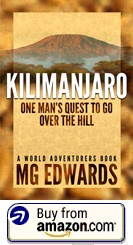 The Kilimanjaro sign is featured in my book Kilimanjaro: One Man’s Quest to Go Over the Hill, which chronicles my attempt to summit Mount Kilimanjaro, the highest mountain in Africa. The book is on sale now as an e-book for $3.99 and in paperback for $9.99 from Amazon and other booksellers.
The Kilimanjaro sign is featured in my book Kilimanjaro: One Man’s Quest to Go Over the Hill, which chronicles my attempt to summit Mount Kilimanjaro, the highest mountain in Africa. The book is on sale now as an e-book for $3.99 and in paperback for $9.99 from Amazon and other booksellers.
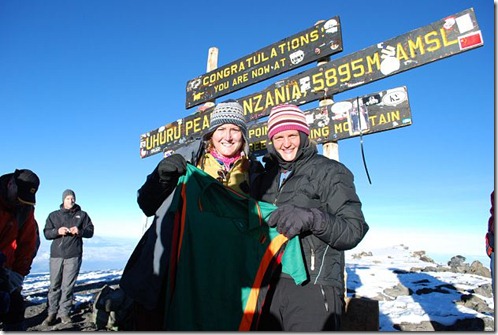
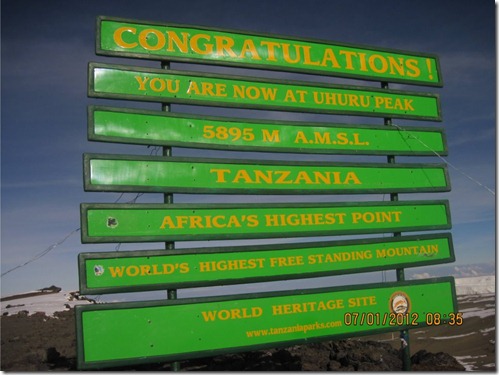
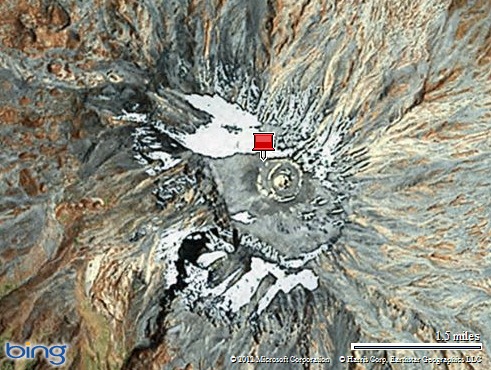
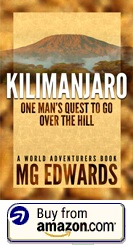
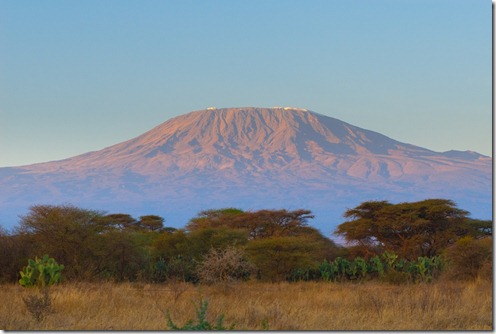
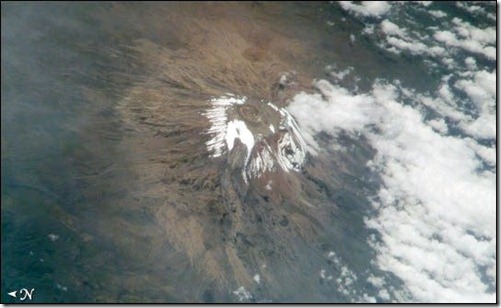
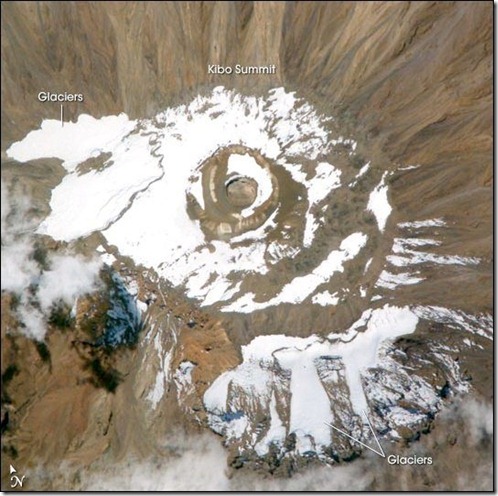
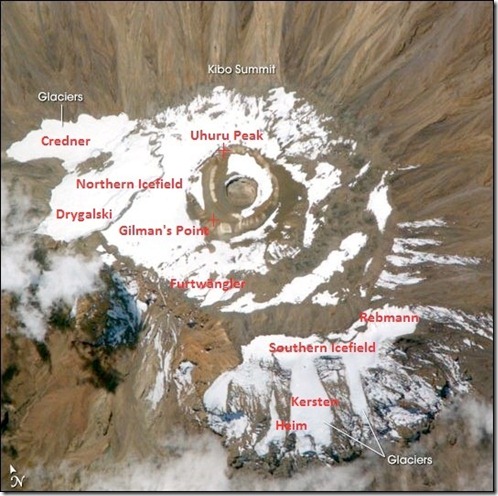
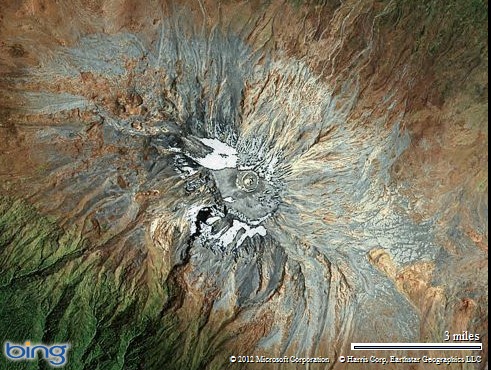

 Books & Writing: Do you remember the first story you wrote?
Books & Writing: Do you remember the first story you wrote? Books & Writing: Do you have any tips for aspiring writers?
Books & Writing: Do you have any tips for aspiring writers?